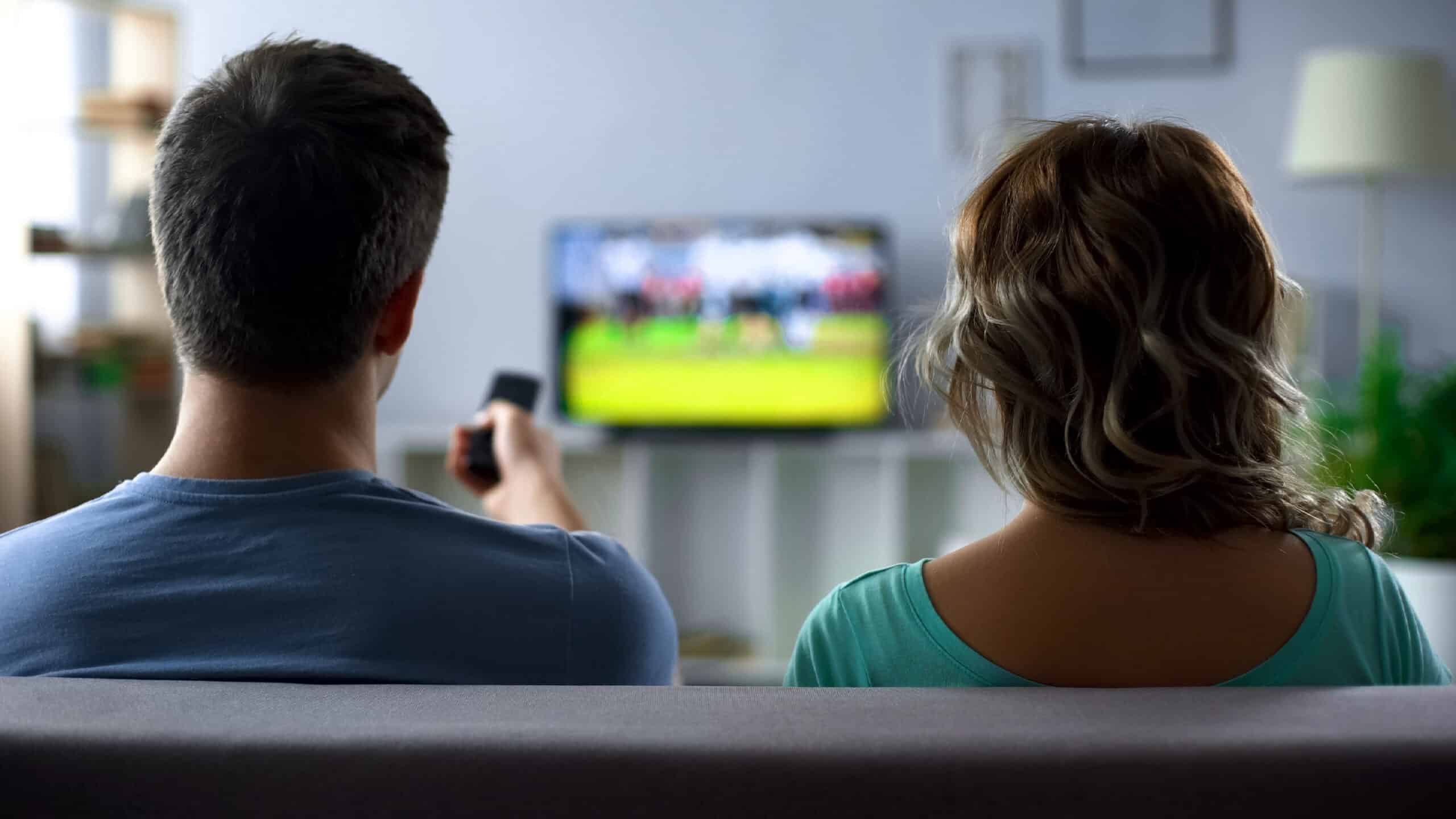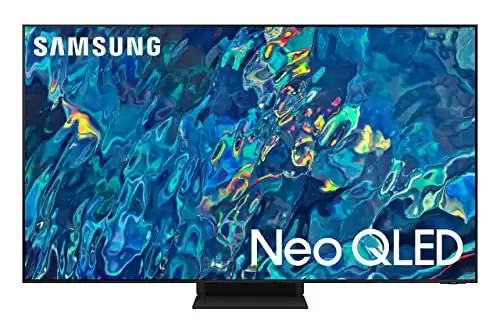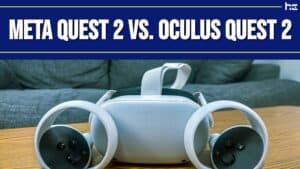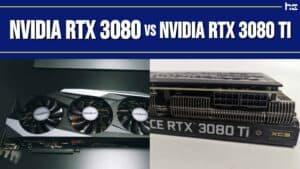OLED has been the premium display technology for higher-end televisions for some time now. If you want accurate and vibrant colors with great brightness, it has been the way to go with televisions from manufacturers like Samsung, Sony, LG, and others providing many options. QLED displays are starting to make quite a splash, however. Samsung has debuted the QN95C, their own take on the QLED display. How does this stack against an OLED television?
Let’s take a look at what is known about the upcoming Samsung QN95C versus the well-received Sony A80K. The A80K has been met with rave reviews. How does the viewing technology measure up to the latest and greatest from Samsung? This guide will go over the tech, specs, and everything else that matters when considering your next television purchase.
Jump in with us!
Samsung QN95C QLED vs. Sony A80K: Side-by-Side Comparison

| Samsung QN95C | Sony A80K | |
|---|---|---|
| Screen Size | 65 inches | 65 inches |
| Refresh Rate | 144Hz | 120Hz |
| Low Latency Mode? | Yes | Yes |
| HDR | HDR10, HLG | HDR10, HLG, Dolby Vision |
| Audio Codecs | DTS Digital Surround, Dolby Atmos | DTS Digital Surround, Dolby Atmos |
| Connectivity | Ethernet, HDMI, Optical Audio Out, USB, RS-232C, RF | Ethernet, HDMI, Optical Audio Out, Composite, RF, RS-232C, USB |
| Warranty? | N/A | 1-year limited warranty |
| Weight | 67.2 pounds | 54.2 pounds |
| Mount Support | VESA | VESA |
| MSRP | $3,299.99 | $2,299.99 |
- Features XR Cognitive Processor developed by Sony
- Triluminos Pro enhances the already outstanding picture
- Dolby Vision HDR and Auto HDR tone mapping for PS5
- 8.5ms input lag
- 4K at 120Hz
Samsung QN95C QLED vs. Sony A80K: What’s the Difference?
Before we begin, it is important to note that the QN95C is not yet fully available for purchase in the U.S. market at this time. Quite a few details are known about the QN95C, but it has yet to arrive on shelves in a wider deployment. There is certainly quite a bit to like about both of these televisions, so let’s get down to it and see how they perform in some key areas.
Picture Quality
The QN95C has a stunning picture in motion. Early impressions indicate that Samsung’s latest is one of the best-looking displays to come out of their lineup in recent years. While the previous QN95B was certainly no slouch when it came to a great picture, the QN95C is a straight improvement.
Samsung has created a display with a great refresh rate at 144Hz, and beautifully composed contrast levels for accurate color reproduction. Light bloom seems to be nonexistent, and it has a far greater number of dimming zones compared to its direct predecessor. The only negative is a lack of overall brightness across the display. The previous QN95B has a brighter display, while the QN95C comes across as dimmer.
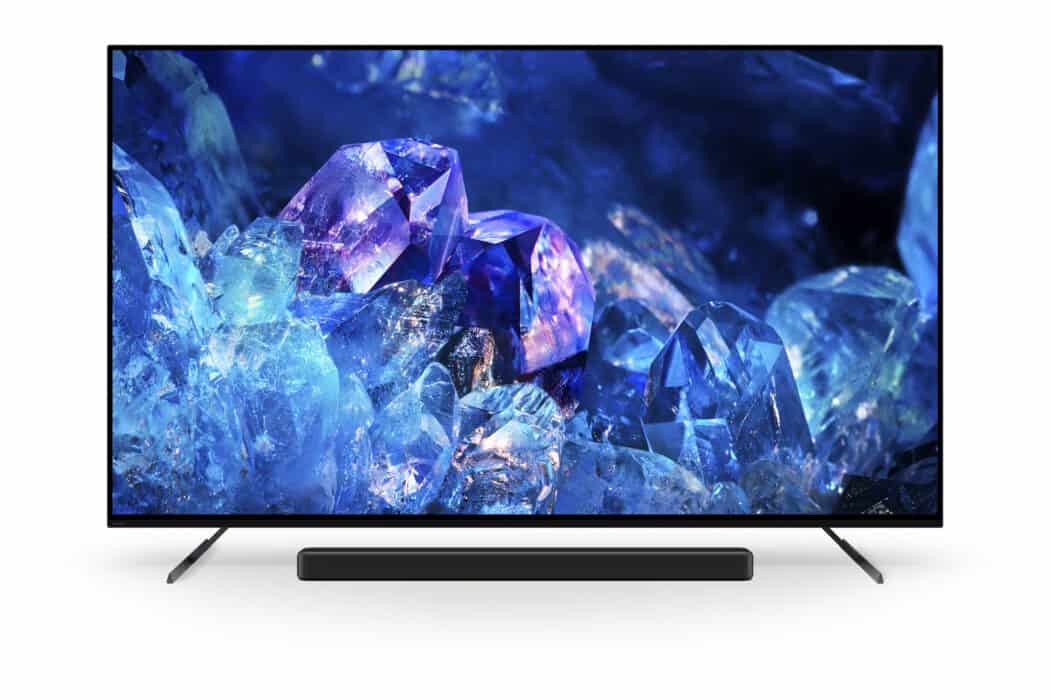
©Sony media kit – License
Sony’s A80K acquits itself quite well in this comparison and features beautiful colors and a nearly infinite contrast ratio. The refresh rate is slower, which may lead to more input latency for gamers. The A80K can do true blacks, but there is a degree of black crushing, depending on what is on the screen. This can be quite pronounced, but given the price point isn’t too much of a dealbreaker. Black crushing is far more pronounced than what has been seen out of the QN95C.
The A80K also supports Dolby Vision as one of the primary HDR modes, something the QN95C is curiously lacking.
- Amazon Fire pre-installed
- Comes with the Art Mode feature for when you are not using the TV
- Features Dolby Atmos built-in
- Anti-Reflection technology for clear display
Audio Quality
The A80K has some unfortunate distortion that arises at higher volumes. For lower to moderate volumes of playback, this isn’t so much an issue. When you’re really cranking the volume on the television, however, it becomes very prominent.
Samsung’s QN95C handles audio in a better manner, with higher volumes not imparting the same level of harmonic distortion. Also of note is Samsung’s smart implementation of its speakers, which allow for spatial simulation of sounds when watching something with Dolby Atmos.
Both televisions, of course, feature optical audio outs. Most of the issues which arise with onboard speakers are far less of a concern when using powered external sound systems. The QN95C does pack a smart feature that allows for even more depth and richness in the sound when paired with a Samsung soundbar. Users can use both the television speakers and the soundbar to provide surround sound, albeit in a less traditional manner than a powered speaker array in strategic locations.
The QN95C has a clear edge when it comes to sound, and the clever implementation of Dolby Atmos will be sure to wow some viewers who haven’t sprung for an Atmos setup.
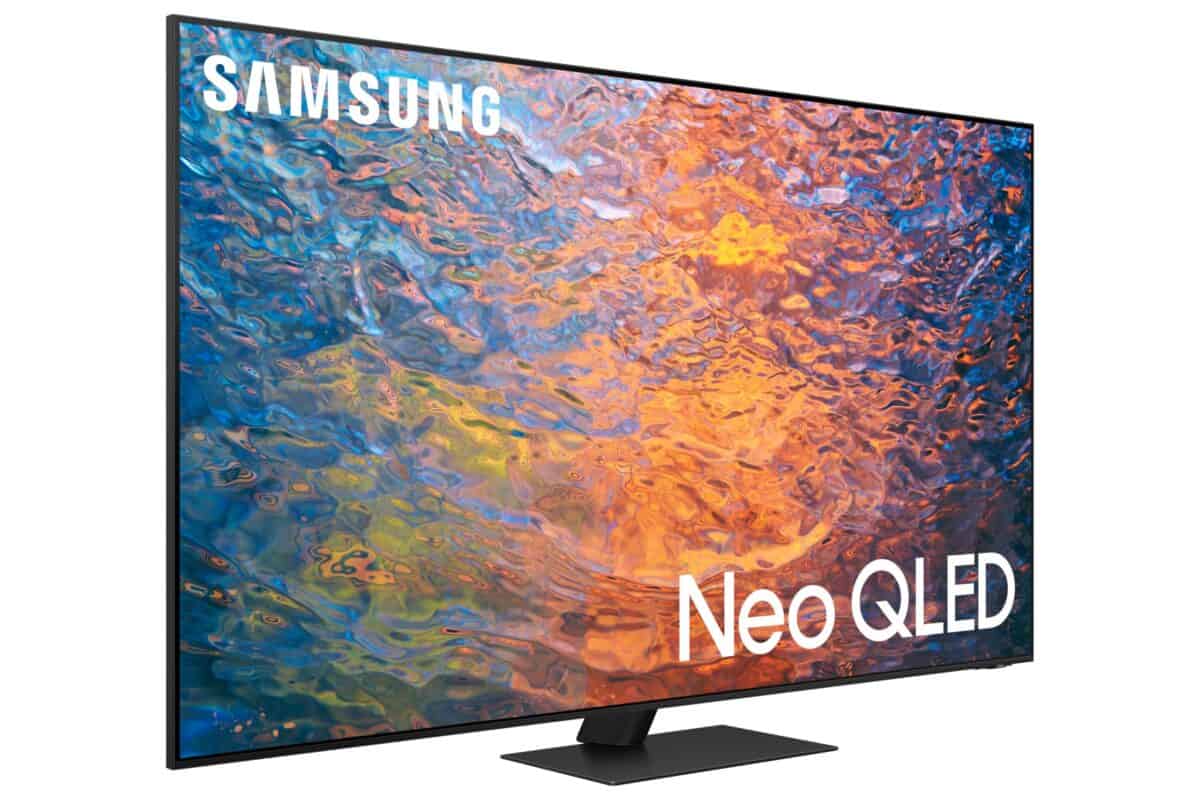
©Sony media kit – License
User Experience
Both televisions have an interface similar to your smartphone or tablet. Menus are quick to navigate, and there is support for smart assistants like Bixby from Samsung, Alexa, and Google Assistant through Sony. Sony uses Google TV, which is strikingly close to your typical smartphone. Users familiar with Android devices will feel right at home navigating the menus. Samsung has its own proprietary operating system called Tizen TV, which operates similarly to Google TV but is developed independently.
Streaming buffs will find the usual suspects of service providers here, with Netflix, Hulu, Prime Video, HBO Max, and Disney+ all being accounted for. Sony’s interface is overall easier to navigate, and using a familiar operating system is right at home given the proliferation of smart devices. Tizen isn’t bad by any appreciable measure, and the tiled interface is quite striking and quick to navigate. Unfortunately, ads are present on both interfaces for these televisions. You can opt out of personalization, but you’ll be shown generic ads instead.
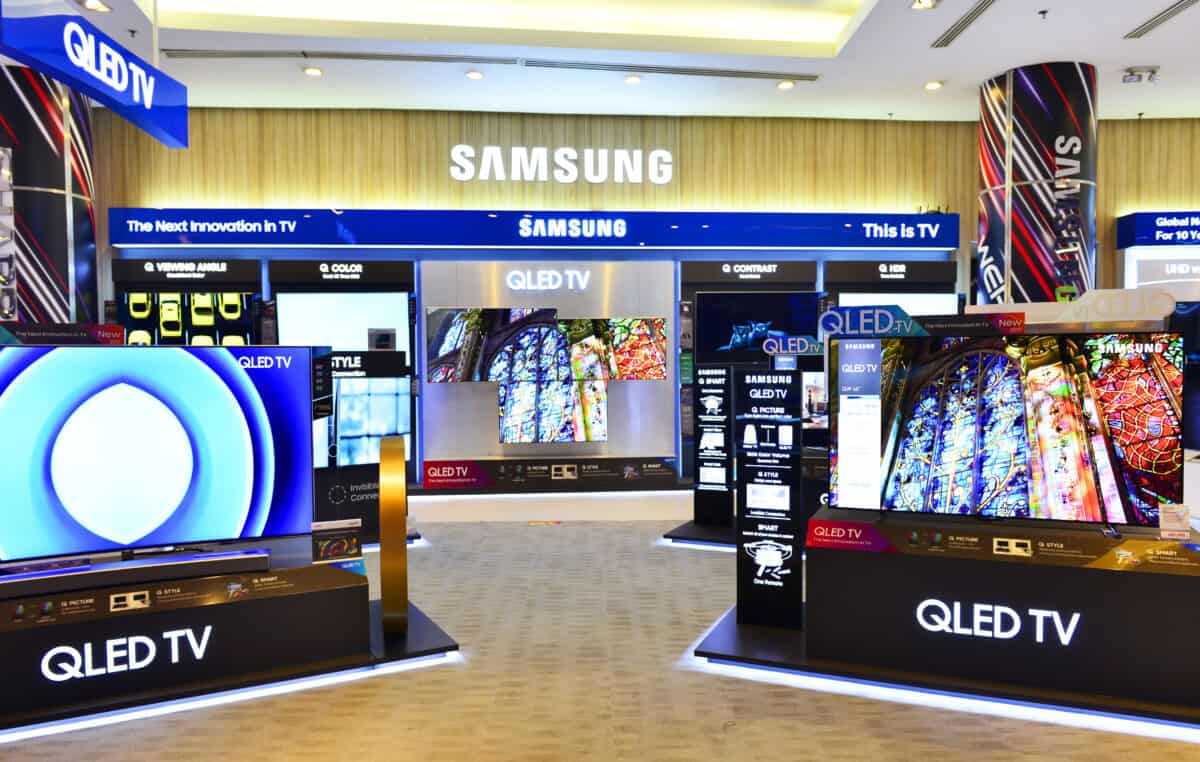
©i viewfinder/Shutterstock.com
Build Quality
Both televisions have an excellent fit and finish. Samsung’s mounting solution for the stand is a more typical solution, but it works well. The materials used for the construction of the QN95C feel sturdy, and no corners were cut in its assembly.
The Sony A80K likewise has an impressive build quality, with its unobtrusive mounting solution looking more elegant. The A80K uses a pair of metal feet as the stand and, as such, the television can sit lower on your viewing surface compared to typical stands.
Both televisions are also compatible with VESA wall mounts. No specialized wall mounts are necessary, which is great for those considering different placements. Access to the rear panel when wall mounted seems to favor Sony’s input placement, but both televisions aren’t hard to access.
Samsung QN95C vs. Sony A80K: 6 Must-Know Facts
- QLEDs can provide a brighter and lower latency image.
- The Sony A80K has great upscaling from Sony’s AI upscaler.
- The Samsung QN95C has more dimming zones than its predecessor.
- The Sony A80K has legacy hookups for all your older media.
- The Samsung QN95C does away with the OneConnect control box from the QN95B.
- The Sony A80K has NVIDIA G-SYNC compatibility.
- Features XR Cognitive Processor developed by Sony
- Triluminos Pro enhances the already outstanding picture
- Dolby Vision HDR and Auto HDR tone mapping for PS5
- 8.5ms input lag
- 4K at 120Hz
Samsung QN95C vs. Sony A80K: Which One is Better for You?
The QN95C has a strong showing in all relevant categories and is an easy recommendation. The MSRP is a good bit higher than the A80K, but it is a far better television in the areas where it counts. If you’re in the market for a new television and want something with great colors, advanced audio, and extremely low latency, then Samsung’s latest is a great fit for your home.
Those with budgetary concerns won’t be let down by the A80K, however. Sony has made the Bravia series a great choice for OLED televisions for a number of years and A80K is a dependable television for its price range with great colors and low latency modes. Where it could use improvement is in the overall brightness and audio quality. If you’re wanting to get the most out of the A80K, you’ll have to tailor your viewing area appropriately and possibly invest in an external sound system.
The QN95C is worth waiting for wider deployment, and while it isn’t a complete game-changer over the QN95B, it might serve as a worthy upgrade if you’re stuck with an older television.
Samsung QN95C and Sony A80K: Technology Updates
Both the Samsung QN95C and Sony A80K TVs have received several recent technology updates:
Samsung QN95C:
- April 2023: Improved image processing engine performance and the addition of “Game Enhancer” features to enhance gaming experience.
- June 2023: Introduced “Dynamic Tone Mapping Pro” using AI to enhance HDR content’s dynamic range and support for the new Filmmaker Mode.
Sony A80K:
- May 2023: Improved image processing engine performance and the addition of “Game Mode Extreme” features to enhance gaming experience.
- July 2023: Introduced “Auto HDR Tone Mapping” using AI to adjust HDR settings based on content, and support for the new Filmmaker Mode.
Both TVs have also received various bug fixes and performance improvements in addition to these updates.
Samsung QN95C and Sony A80K: On the Horizon
In the future, potential technology updates for the Samsung QN95C and Sony A80K TVs could include:
- Support for additional HDR formats: Software updates may introduce compatibility with Dolby Vision IQ or HDR10+ Adaptive, expanding the range of supported HDR formats.
- Enhanced gaming features: Future updates may bring new gaming functionalities like variable refresh rate (VRR) or automatic low latency mode (ALLM) to improve the gaming experience.
- Expanded control options: Updates might offer new control methods, such as smartphone app integration or gesture-based controls, in addition to the existing remote control and voice command options.
The image featured at the top of this post is ©Motortion Films/Shutterstock.com.
